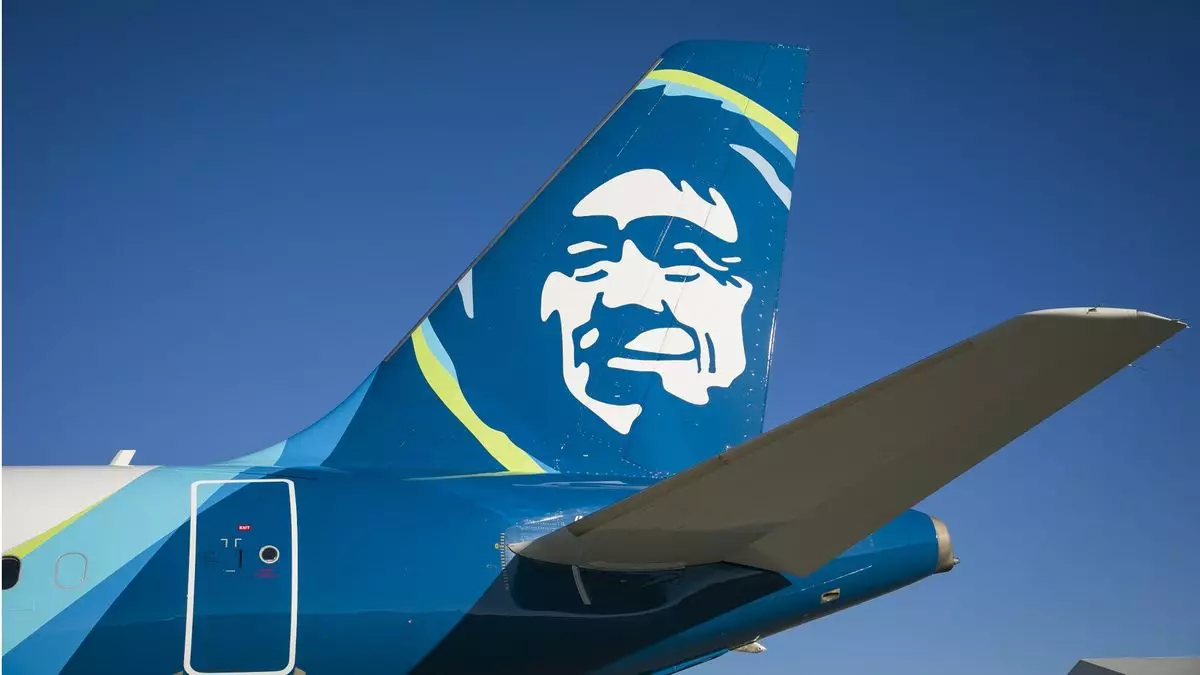The aviation industry operates under a complex web of demand dynamics, economic shifts, and competitive pressures. Alaska Airlines’ recent decision to cut back its services connecting Washington Dulles with San Francisco and Los Angeles epitomizes this ongoing turbulence. On the face of it, this strategic withdrawal seems prudent, given the reported decrease in demand attributed to economic uncertainties and diminishing government-related travel. However, such a move also raises questions about the underlying health and strategic foresight of the airline in an evolving travel landscape.
The Impact of Economic Uncertainty on Travel Demand
Alaska Airlines has cited economic uncertainty as a primary factor for its route suspensions. This raises a crucial point: airlines are often the first to feel the squeeze during economic downturns, as both leisure and business travelers find themselves tightening their belts. The significant reliance on government travel within these specific routes may suggest that Alaska Airlines has over-leveraged in a segment that is particularly vulnerable during times of fiscal caution. As government contracts and travel are often among the first to be curtailed in tough economic times, Alaska Airlines may well be a case study in risk exposure in a niche market.
Competitive Pressures in Major Hubs
In announcing the suspension of daily flights from San Francisco to Chicago O’Hare, Alaska acknowledges a harsh reality: competing against major players like United and American is increasingly difficult. These established carriers dominate with extensive flight frequencies and network connectivity, which present significant barriers for Alaska. Their inability to carve out a sustainable market share in these competitive hubs raises concerns about their future growth strategy. Could Alaska be signaling a retrenchment rather than an expansion? This is not just a tactical retreat; it may reflect a broader strategy of focusing on core strengths rather than battling giants in challenging landscapes.
Opportunities Amidst Challenges
While the message from Alaska Airlines might seem grim, there are opportunities to seize. The continued service to Washington Reagan National Airport and a focus on routes between Seattle and San Diego illustrate a pivot toward markets where Alaska can maintain its competitive edge. By honing in on profitable routes that align with its operational strengths and customer demand, Alaska can not only recover but thrive in a challenging climate. There’s a wisdom in knowing when to withdraw and when to advance, and the airline’s strategy may reflect a broader understanding of sustainable growth in the long run.
Future Outlook: A Balanced Perspective
As Alaska Airlines navigates this turbulent period, a balanced perspective is crucial. The recent service cuts should not be viewed solely as failures, but rather as strategic adjustments to align with market conditions. The ability to make tough choices now can be a precursor to future resilience. However, it is equally imperative that Alaska Airlines moves beyond just reacting to economic realities; it must also innovate and explore new ways to adapt to shifting dynamics in the travel industry. Whether through customer engagement, technological advancements, or contextual market positioning, the path forward demands a multi-faceted approach to remain relevant in a fiercely competitive environment.


Napsat komentář